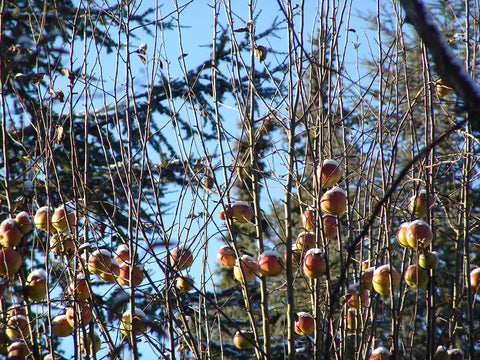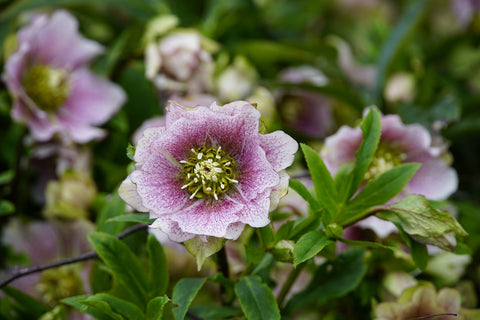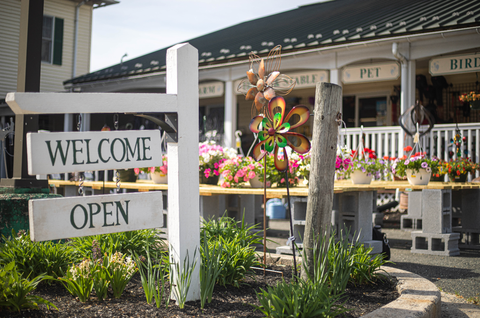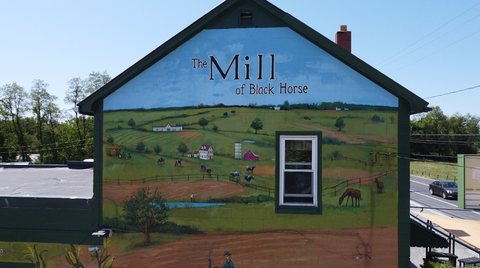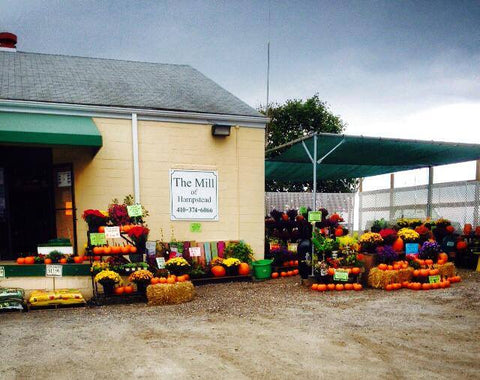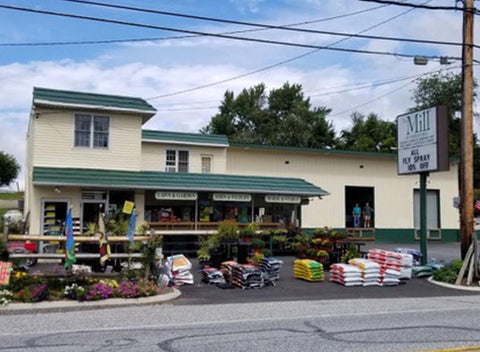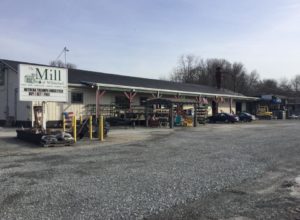Fruit trees require vernalization which is a period of cold exposure needed to set buds and produce fruit. Trees harden off by relocating soluble water into their tissue and mobilizing proteins and plant alcohols to the leaf surface that will form a natural anti-freeze. Plants require the cycle of seasons, and it has been understood they have a cellular-level memory of winter.
This vernalization period is needed for all fruit development – Apples, Blueberries, Strawberries, Cherries, Pears, Apricots, Peaches, and others. All fall bulbs also require vernalization, and garlic should always be planted in fall to have an adequate cold period.
and garlic should always be planted in fall to have an adequate cold period.
Apples require temperatures to be between 34°- 45° F. Apples that grow best in northern areas need 800-1000 chill hours of temperatures within this range. The southern apple varieties require 500-800 hours of vernalization.

The requirement of some of the chill hours is necessary to initiate dormancy. The majority of the chill hours are needed to keep them in a dormant stage. After their required amount of cold a slow warming is best so that they can re-engage prior to flowering.
If you are looking to grow fruit in Maryland it is best to consider your zone weather to see which variety of fruit will do best in your area. The University of Maryland Cooperative Extension Service offers information on hours for different varieties as do many other extension services. In Maryland, there are 2 zones of climate affecting fruit plants. The eastern shore and southern Maryland should plant fruit varieties that require less vernalization,  and the piedmont areas of the state should select the tougher varieties.
and the piedmont areas of the state should select the tougher varieties.
Many southern fruits benefit from and produce more if they are chilled, such as oranges, figs, and other citrus fruits. A harsh freeze is hazardous to them, but a bit of chill is welcome.


